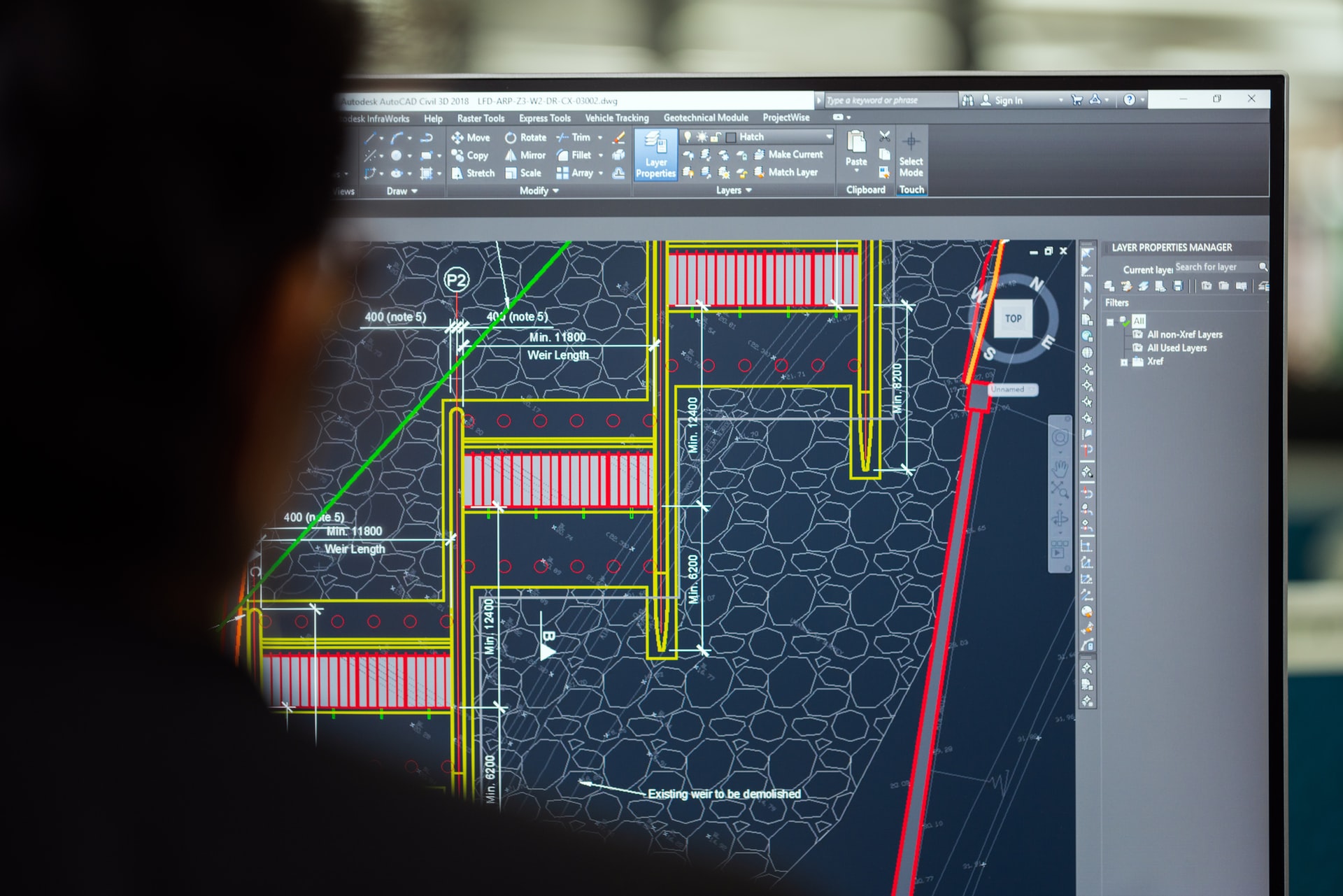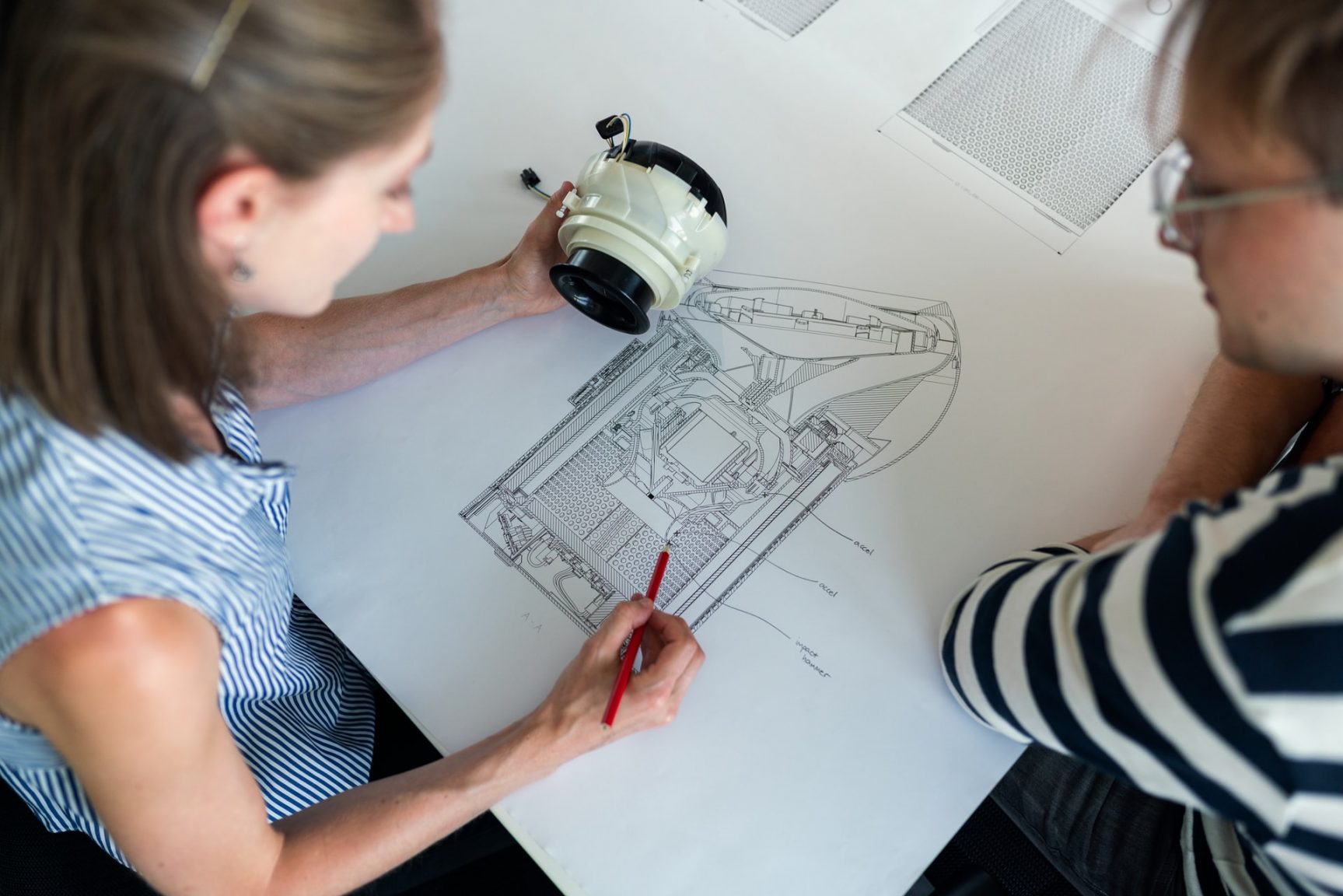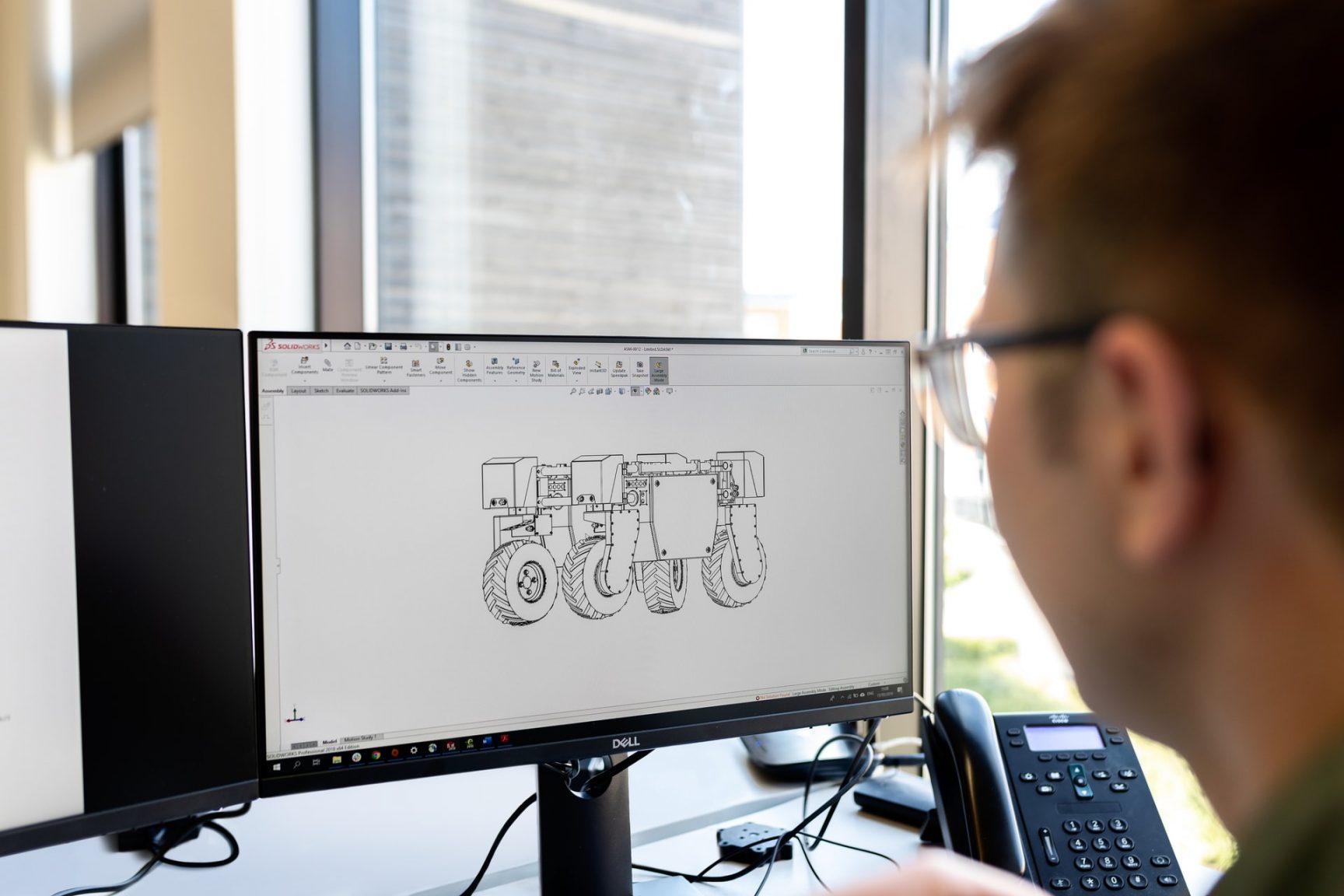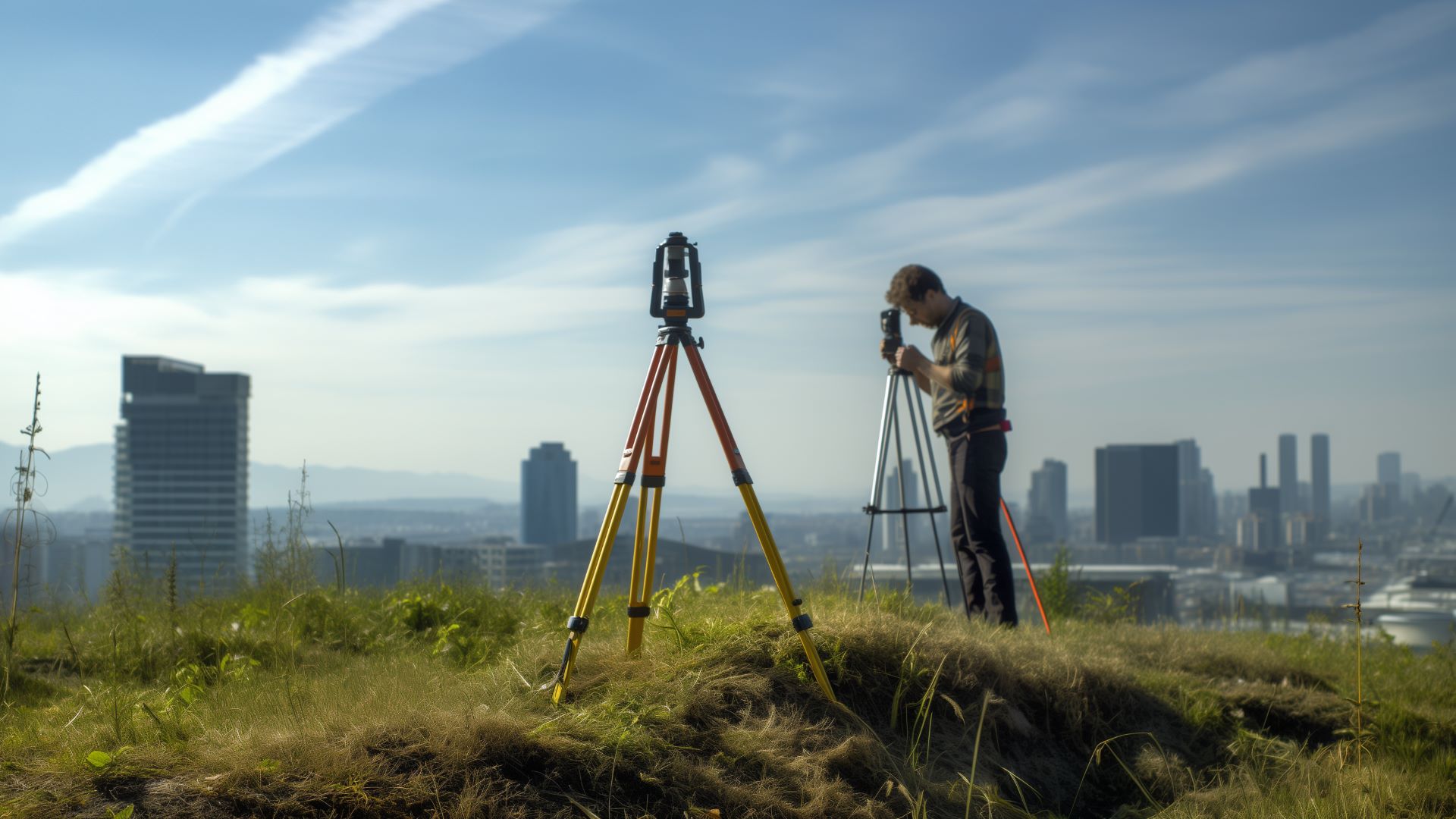
How to Teach the Engineering Design Process to Inspire Future Engineers
October 28, 2021 - Ellie Gabel
Revolutionized is reader-supported. When you buy through links on our site, we may earn an affiliate commision. Learn more here.
For students, engineering knowledge can provide both a deeper understanding of the world and an introduction to a potential STEM career pathway. As a result, engineering design and the engineering design process (EDP) have both become essential topics for STEM teachers wanting to inform students about how engineers tackle problems and produce solutions in daily work.
Teaching the design process in a way that’s inspiring, engaging and encouraging to students can be a challenge. This is how educators typically break down the engineering design process to teach and inspire future engineers.
What Is the Engineering Design Process?
Defined as broadly as possible, the engineering design process is the steps that engineers will follow to find the solution to a particular problem.
Essential steps may include preplanning that allows the engineer to determine objectives and potential challenges, prototyping, testing and design evaluation.
The design process isn’t always perfectly linear. An engineer may have to move back and forth between prototyping and testing, for example, before they arrive at a solution that works.
As with most fields, iteration is expected, setbacks aren’t uncommon and success may require a process that is exploratory, rather than one that offers a straight path from problem to solution.

Why Are Teachers Focusing on EDP?
Engineering is increasingly important to STEM students, both as an example of a real-world application of STEM knowledge and as an introduction to STEM skills they may use as student engineers.
There’s also some evidence that teaching the EDP can improve educational outcomes. The EDP may help engage students, improve student comprehension of written materials and improve retention of knowledge.
Teaching EDP is also becoming an important part of some educational standards. For example, one of the primary current goals of the Next Generation Science Standards (NGSS) is to integrate the EDP into STEM education.
As a result, teaching EDP may help organizations meet a variety of educational goals — like promoting STEM education or promoting diversity in STEM.
How Teachers Break Down the Design Process
While the process can vary significantly depending on the engineer’s particular field and the problem they’re trying to solve, educators have a few ways of roughly outlining the design process. Most follow a structure like this one:
- Define the problem — Identify a problem. Then, ask questions about the problem to understand it better.
- Explore problem solutions — Think about possible solutions to the problem. Then, create a solution that you can test.
- Optimize your solution — Review your solution tests. Make changes that help the solution to be more effective or efficient.
- Communicate your solution — Describe your solution and your design process to others.
In most cases, the solution is some kind of real-world object. However, teachers may also experiment with other testable solutions — like a program or app.
Other outlines may add additional steps, breaking down the optimization process into testing and improving steps, for example. Some engineering methods also have a step before defining the problem. Design thinking, for example, often begins with empathizing — seeing from another’s point of view to identify a problem.
Each of these roughly four categories provides an opportunity to teach different engineering challenges and possible solutions. Centering lessons or units around each step in the process provides teachers with a way to structure an individual lesson, unit or course.

Strategies for Teaching the Engineering Design Process
Educators have used a wide variety of strategies and lesson plans to explain this design process to students. There are also books available for teenagers and children to introduce them to engineering. Typically, these lessons also provide an opportunity to discuss related STEM and science communications topics.
The Design Exploration or Design Challenge Method
One common approach is the design challenge. Teachers present their class with a challenge or problem, then guide them through the engineering design process, helping them engineer their own solution to the problem.
To begin, the educator will establish criteria and constraints for the challenge. The educator will describe what the project must do and the limitations of the project. These limitations may be that students can only use provided materials. For conceptual projects, an educator may provide a list of acceptable materials or a design budget, instead.
Then, students will move on to developing, testing and iterating potential solutions.
For example, students may design a device that protects an egg dropped from a certain height. Using simple materials and basic physics knowledge, students will create prototype containers and experiment until they design an effective solution.
Real-world examples of the design process may help students approach their own projects. Educators may want to use examples like BattleBots, a television show where engineers apply their knowledge to design fighting robots.
In basic courses, educators may also want to ask some foundational questions about engineering — like “what is engineering” or and “who is an engineer” — during the design process.
Educators in more advanced courses may try to incorporate different topics, like the different types of engineering or potential career paths for students interested in the field.
Reverse-Engineering to Teach EDP
In other cases, it may be more effective to have students reverse-engineer an existing solution or product. With this approach, educators provide students with the answer to the problem. Students then analyze the answer, identifying how it solves the problem and potentially how an engineer could improve the solution.
For example, an educator may ask students to analyze a physical product like a pair of crutches.
Given the product or an image of the product, students would begin by identifying what the product does and the problem it solves. In this case, the crutches help people get around when they’ve injured a foot or leg.
Next, they’ll identify why the solution works or how it solves this problem. Crutches provide support to a walker with a metal frame. The metal frame uses rubber or plastic to both provide cushioning at the top of the crutch and cover the metal where the crutch meets the ground. The crutch must be lightweight and ergonomic and so on.
Ideally, students will be able to identify the “minimum viable product” (or MVP) for a pair of crutches — a product with just the features that it needs to solve the problem.
Important Considerations When Reverse-Engineering
Students may be asked to consider both conceptual and physical requirements. Physical requirements are real-world constraints on weight, dimension and structure — crutches are light but strong enough to support a walker.
Conceptual constraints are not related to the physical nature of the object — crutches must be affordable, made with obtainable materials and easily mass-produced.
Educators may also ask students to identify products that fill similar niches. One class, for example, may compare and contrast the design and functionality of a wheelchair with crutches. What does a wheelchair do that a pair of crutches can’t? How is a wheelchair designed differently to solve different but related problems?
By the end of the lesson, students should be able to communicate the function of the product they’ve studied, and how each design element works to solve a particular problem. They should be able to apply this mode of thinking to other products, as well.
This process can be more straightforward than the more conventional design challenge approach to teaching EDP. The solution already exists, meaning that students are faced with fewer open-ended questions about how a problem might be solved. This means the approach can lend itself to quicker lessons with less room for students to get stuck or confused.
In combination with the design exploration teaching strategy outlined above, this approach can be a great way to teach students about applying their EDP knowledge to real-world products they encounter.
What Educators Should Consider When Teaching EDP
The engineering design process can serve as an excellent introduction to engineering topics. Teaching strategies for EDP usually involve hands-on learning, like design challenge projects.
These projects help educators walk students through the different phases of the design process. They also allow educators to show students how iteration and failure are both parts of being an engineer.
Revolutionized is reader-supported. When you buy through links on our site, we may earn an affiliate commision. Learn more here.
Author
Ellie Gabel
Ellie Gabel is a science writer specializing in astronomy and environmental science and is the Associate Editor of Revolutionized. Ellie's love of science stems from reading Richard Dawkins books and her favorite science magazines as a child, where she fell in love with the experiments included in each edition.





Very Informative and helpful for EDP instructors!